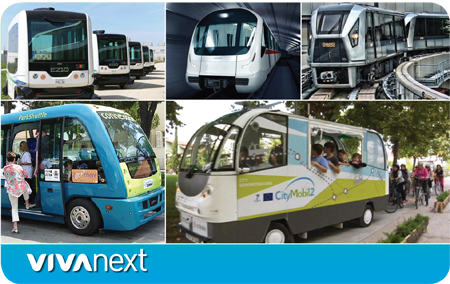Lately there’s been a lot of news on the topic of automated vehicles. In February, the National Highway Traffic Safety Administration in the US officially stated that an artificial intelligence system [computer] in an automated vehicle can officially be considered a driver. And in at least five global cities, there are driverless buses already on the streets. In aviation, pilots have been relying on auto-pilot for decades when landing and taking off in low visibility, and many people-mover rail systems [such as airport monorails] are automated.
Studies show that, statistically speaking, computers are safer than humans at driving. However, we know that getting from here to there is about more than arriving safely. Comfort is important of course, along with convenience and efficiency or speed. For some, a travel choice is a personal statement – to cycle or walk, to make use of transit, or to drive a certain style of car. Many vehicles already have “driver assistance systems,” with features that brake when an obstacle is detected, and alert the driver when the car in front has moved forward or when the vehicle has left its traffic lane.
So the technology is there, and it’s already being used. The question isn’t whether it will happen, it’s how it will affect how we travel. It will depend on how they’re used – if every individual uses their own automated vehicle, traffic congestion and parking issues will likely remain the same. But if we share vehicles and take transit…our cities and roads could become safer and more efficient. Interesting topics for discussion and consideration and we continue to follow them with interest.
At vivaNext we’re for mobility – whether this means subway, bus rapid transit, or automated transit in the future, we’re thinking about how York Region’s roads can be prepared and always looking for new and innovative ideas to make improvements.

